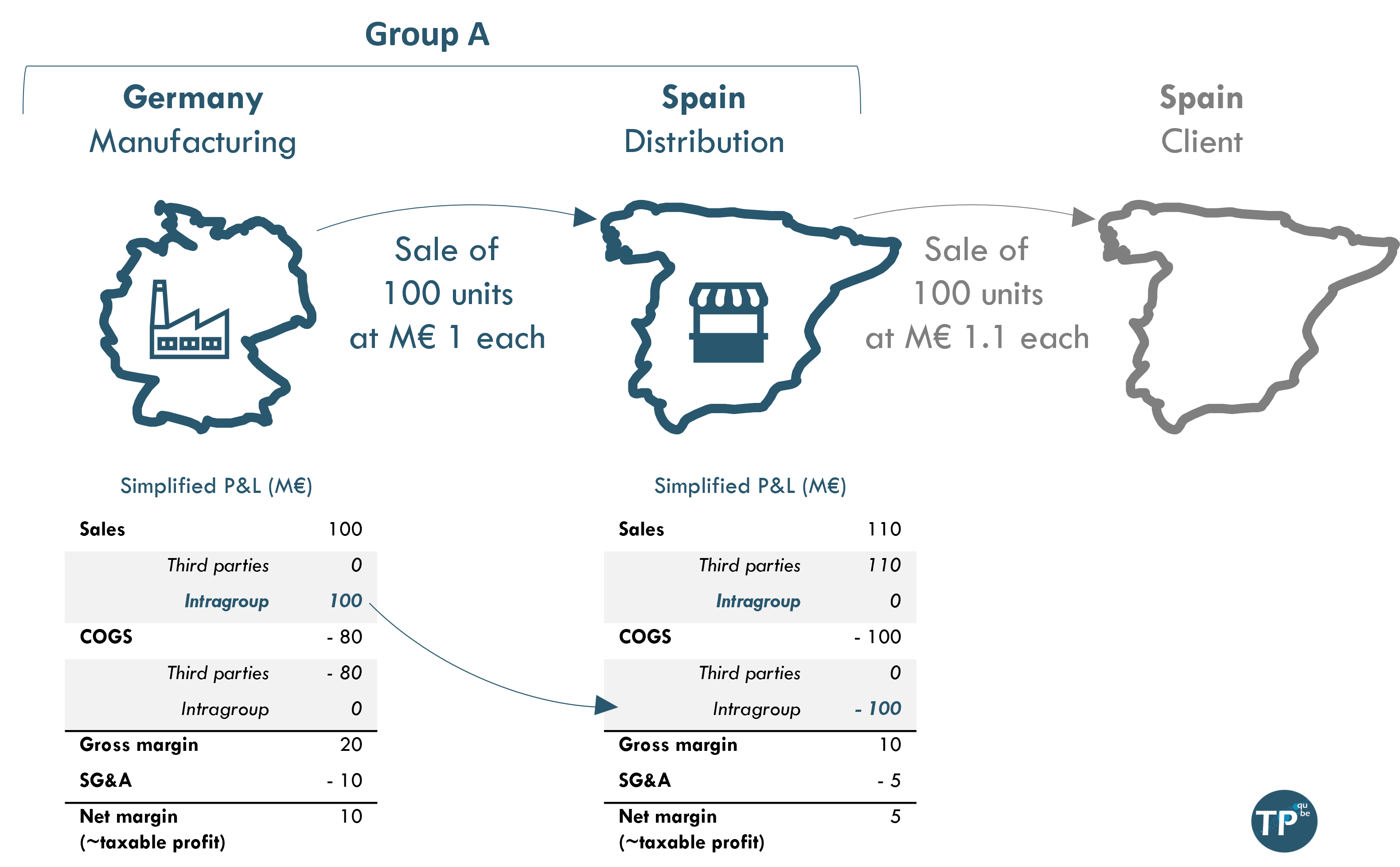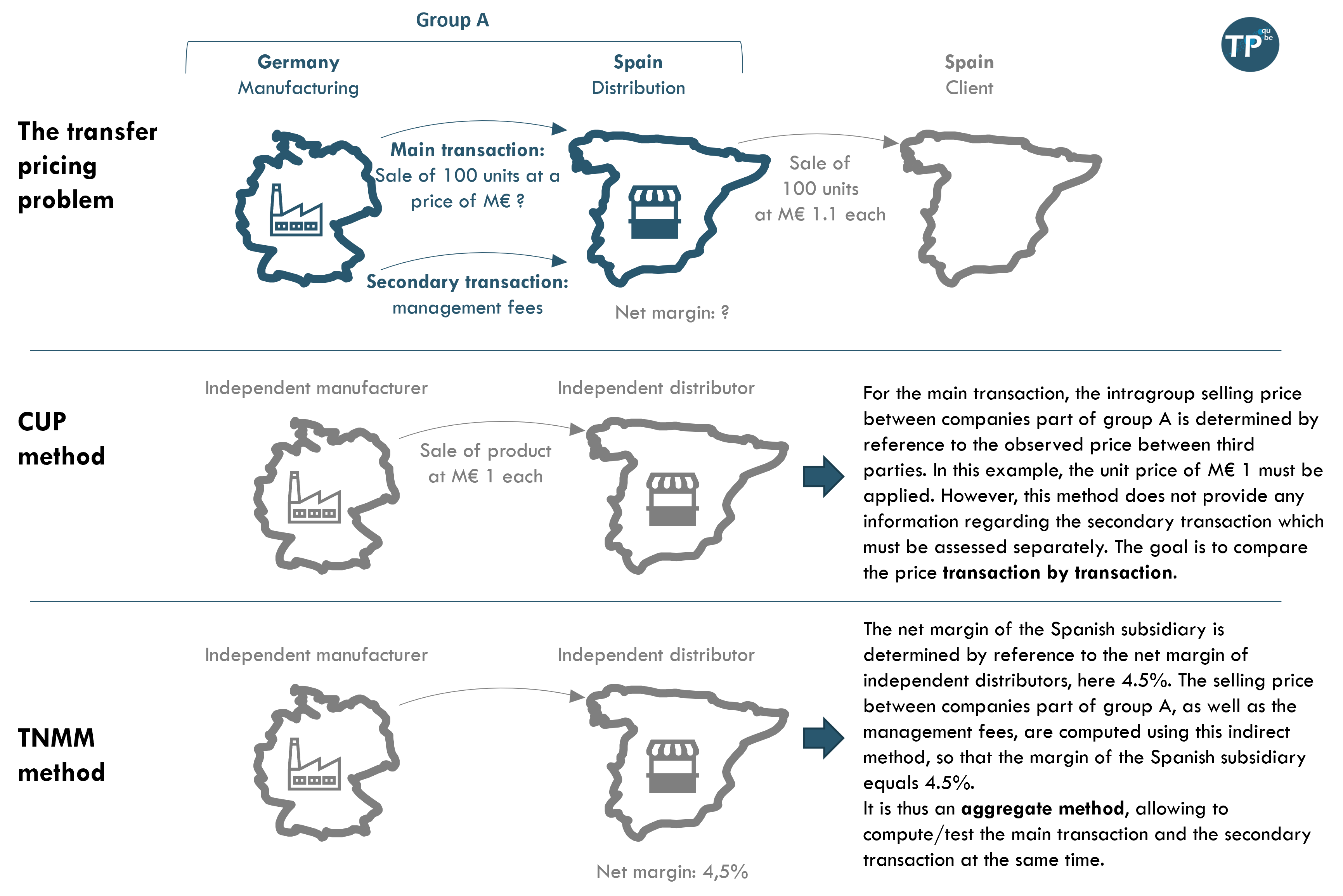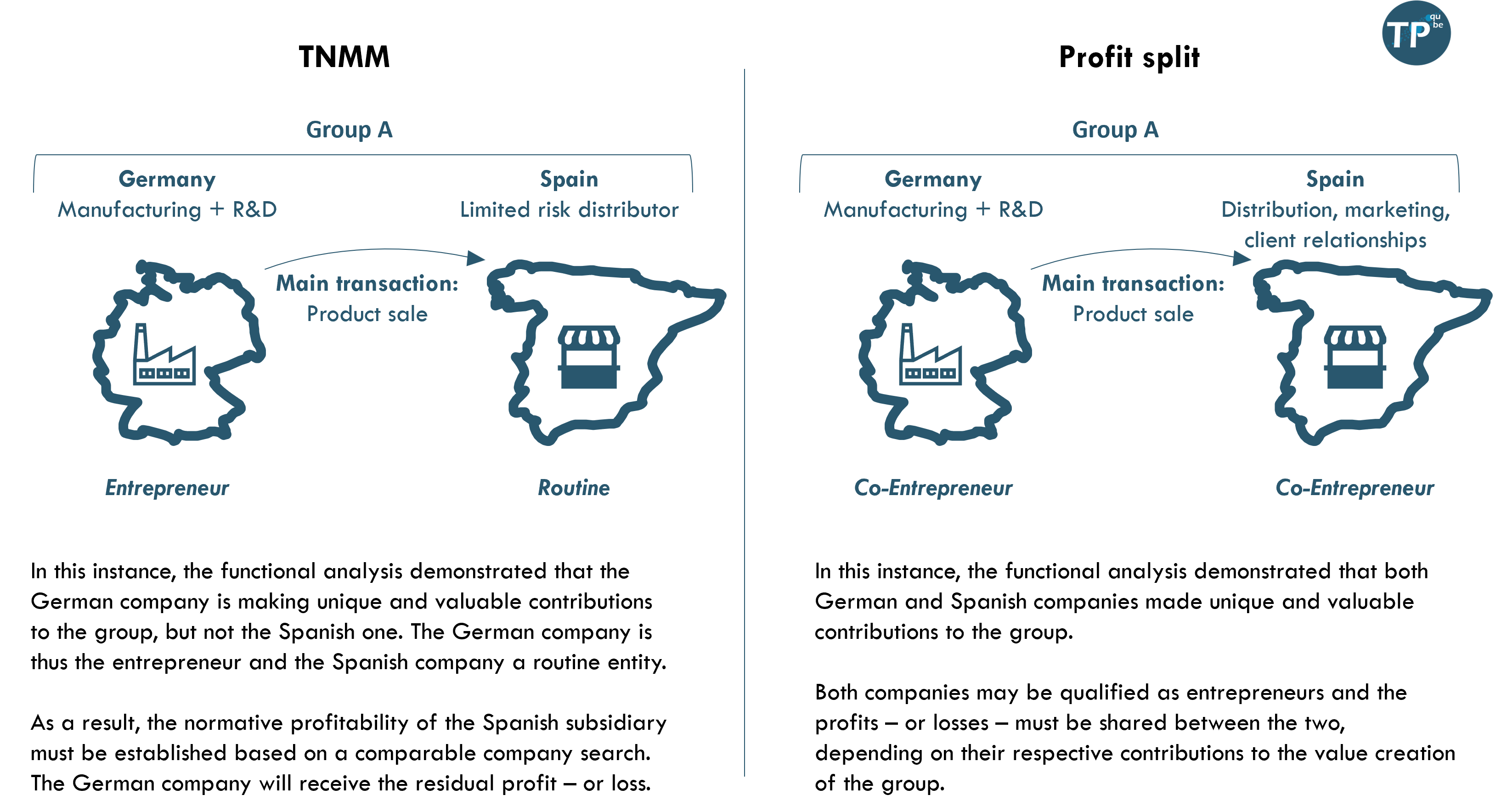Tp qube
In this document, we will answer the following questions:
- First thing first, what are transfer prices?
- How is the arm’s length principle applied?
- For which TP methods are comparable company searches needed?
- How to choose the tested party whose profitability will be set/tested by the search?
- Amongst transactional methods, what is the difference between the TNMM and the profit split?
- In practice, are transactional methods frequently used?
Example – A group with a subsidiary in Germany selling products to a related company in Spain.
The transfer price (M€ 100) impacts the taxable profit in both countries

There does not exist an international convention on transfer pricing, accepted by all states throughout the globe. The principles governing transfer prices are derived from various legal sources of different values (tax treaties, domestic laws, OECD Model Tax Convention, case-law, etc.). It is thus improper to talk about global transfer pricing rules, but rather of a body of rules built around the same common principle (the arm’s length principle).
The OECD has pioneered the creation of a multilateral transfer pricing framework, and has since been leading most of the efforts to build a global consensus on these issues. The OECD Guidelines are commonly used by tax administrations and tax practitioners in many jurisdictions, and are the closest substitute to a global unified guide.
How is the arm’s length principle applied?
Application of the Comparable Uncontrolled Price method and the TNMM method

For which TP methods are comparable company searches needed?
How to choose the tested party whose profitability will be set/tested by the search?
Who is the owner of intangible assets: the DEMPE framework
The DEMPE framework is one of the outcome of the Base Erosion and Profit Shifting project (BEPS). It offers a new framework to analyze the economic ownership of intangible assets inside an MNE. In transfer pricing analyses, intangible assets are defined rather broadly and include patents, know-how, trademarks, rights under contracts, etc. Entrepreneurs are generally the owners of the main intangible assets of the group, explaining why analyzing the economic ownership of intangible assets is crucial in transfer pricing.
Among transactional methods, what is the difference between the TNMM and the profit split?
Simplified example of application of the TNMM and profit split in two close settings

